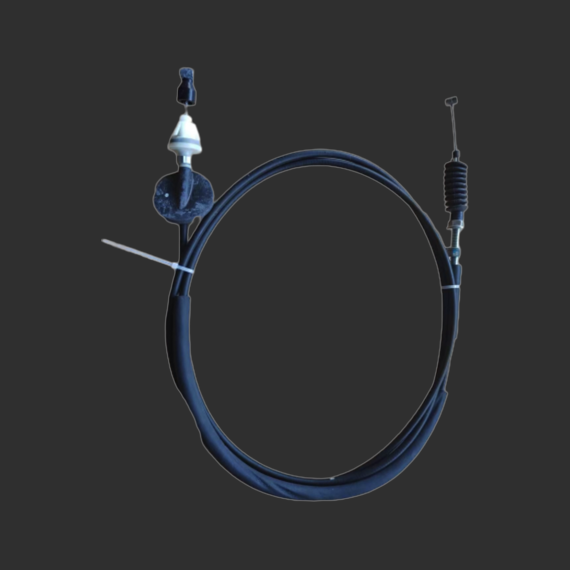clutch line to slave cylinder
Understanding the Importance of Clutch Line to Slave Cylinder
The clutch system in a vehicle plays a critical role in the transmission of power from the engine to the wheels. One of the most essential components in this system is the clutch line that connects the clutch master cylinder to the slave cylinder. Understanding this connection is vital for anyone interested in automotive mechanics or simply looking to maintain their vehicle's performance.
What is the Clutch Line?
The clutch line, often referred to as the hydraulic line, is a tube that carries hydraulic fluid between the clutch master cylinder and the slave cylinder. In a hydraulic clutch system, the master cylinder is mounted on the firewall, typically in the engine compartment, while the slave cylinder is located near the transmission. The clutch line serves as a conduit, allowing the hydraulic fluid to transfer the force exerted on the clutch pedal directly to the slave cylinder.
Function of the Slave Cylinder
The slave cylinder's primary function is to disengage the clutch when the driver presses the clutch pedal. When the pedal is pressed, the master cylinder creates hydraulic pressure, which travels through the clutch line to the slave cylinder. The slave cylinder then converts this hydraulic pressure into mechanical force to push the release fork, disengaging the pressure plate from the clutch disc. This action allows the driver to shift gears smoothly.
Importance of Maintenance
clutch line to slave cylinder

Like any other component in a vehicle, the clutch line and slave cylinder require regular maintenance to ensure optimal performance. Over time, the hydraulic fluid can become contaminated, which may lead to corrosion or wear on the components. It is essential to check the clutch fluid level regularly and replace the fluid as necessary. Additionally, any signs of leakage in the clutch line should be addressed immediately, as a loss of hydraulic pressure can result in clutch disengagement issues, making it difficult to shift gears.
Common Issues
Common problems associated with the clutch line and slave cylinder include fluid leaks, air in the hydraulic system, and a faulty slave cylinder itself. A leak in the clutch line can lead to a drop in pressure, making it impossible to disengage the clutch. Air trapped in the system can cause a spongy clutch pedal feel and inconsistent engagement of the clutch. If the slave cylinder fails, it may not apply enough force to disengage the clutch, leading to difficulty in shifting gears.
Upgrading Your Clutch System
For those looking to improve performance, upgrading the clutch line to a high-performance option can be beneficial. Stainless steel braided lines, for example, provide increased durability and reduce the risk of expansion under pressure. This can lead to a firmer, more responsive clutch pedal feel, enhancing overall driving experience.
Conclusion
The clutch line to slave cylinder connection is a crucial aspect of the vehicle's clutch system. Proper understanding and maintenance of this connection can lead to smoother shifting and overall better performance of the vehicle. Regular inspections, fluid changes, and timely repairs can help prevent common issues associated with the clutch system. Whether you’re a DIY enthusiast or rely on a mechanic, being knowledgeable about the clutch line and slave cylinder can empower you to take better care of your vehicle, ensuring it operates at its best for years to come.
-
Upgrade Your Vehicle with High-Quality Handbrake CablesNewsNov.01,2024
-
Optimize Your Bike's Performance with Quality CablesNewsNov.01,2024
-
Enhance Your Vehicle's Performance with Quality Clutch ComponentsNewsNov.01,2024
-
Elevate Your Vehicle's Performance with Quality Throttle CablesNewsNov.01,2024
-
Elevate Your Vehicle's Performance with Quality CablesNewsNov.01,2024
-
Affordable Solutions for Your Cable NeedsNewsNov.01,2024
